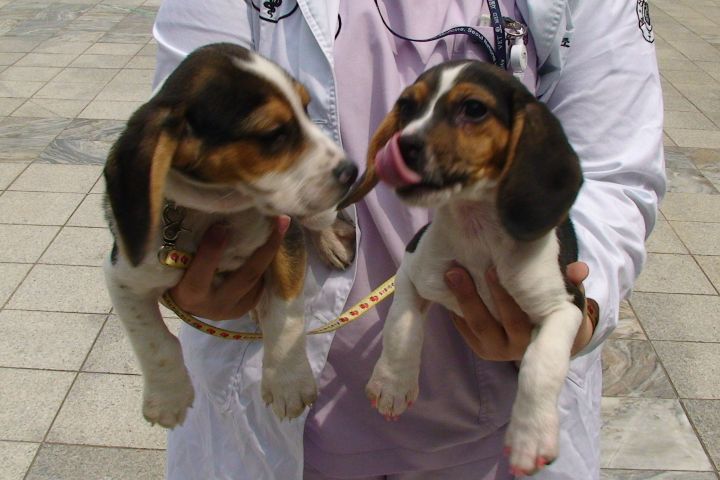
The technique to clone a dog is surprisingly simple from a theoretical standpoint. DNA from the dog to be cloned is collected from the skin or other live cells. While the cloned DNA is being processed, a donor egg is collected from a female dog and emptied of its DNA by removing the nucleus. The cloned dog’s DNA is injected into the empty egg and fused with the embryonic contents. This embryo is then implanted into a surrogate female dog who carries and delivers the cloned puppy.
Sooam Biotech has been honing its technique for cloning dogs, with one of their latest cloning attempts producing not one, but three cloned puppies. One of the puppies perished from distemper shortly after birth. Two of the other puppies survived, providing happy owners Phillip and Paula Dupont with Ken and Henry, two almost perfect replicas of their cherished dog Melvin.
Cloning may be producing happy pet owners worldwide, but the technique is criticized by animal advocates and medical ethicists alike. Animal supporters point to the high price tag of cloning and question whether that money would be better spent supporting abandoned dogs in shelters, instead of producing designer dogs. Bioethicists also question the surgeries and other medical procedures inflicted on the dogs involved in the cloning process. The cloning process has a high failure rate with multiple attempts often needed to produce a single clone. These detractors, though, don’t deter per owners who want preserve their loving companions. The Duponts already are considering another clone of their beloved dog Melvin, this time the pup will be given to their grandson.



